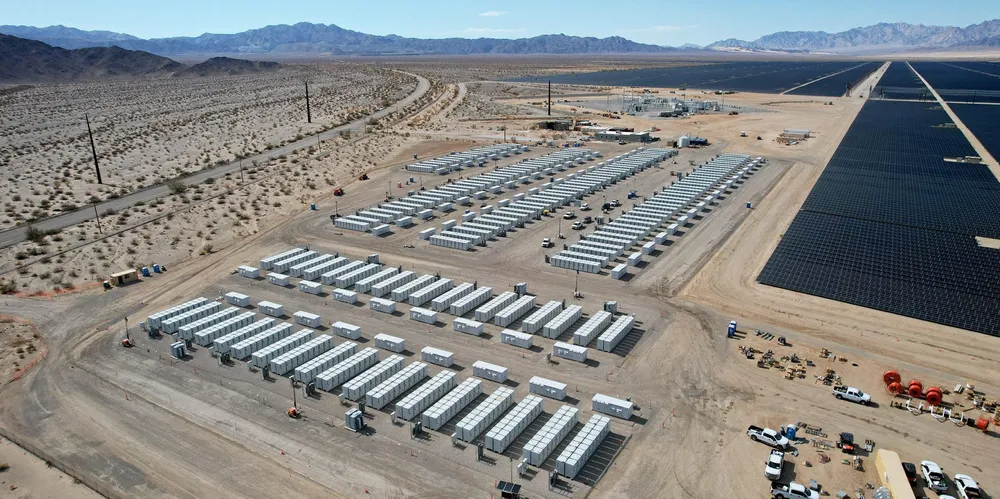US renewables revolution struggles as multiple headwinds slow transition from fossil: ACP
Battery storage was the lone bright spot as progress on American solar and wind build-out far below potential amid permitting, regulatory and supply chain challenges, says body in quarterly report

The US installed 25.1GW of utility-scale clean power in 2022, down a marked 16% from a year earlier, as the industry struggled with a perfect storm of permitting, policy, regulatory and supply chain challenges, according to a new report from the American Clean Power Association (ACP).
“Affordable, American clean energy is on the rise, reducing both electric bills and pollution. But outdated regulations and unduly cumbersome permitting processes are slowing down the clean energy transition,” said CEO Jason Grumet.
“These challenges are undermining progress across ell energy technologies and must be addressed to create an energy system that is modern, reliable, clean, secure,” he added.
The report highlighted solar projects having problems sourcing panels due to US trade restrictions, while those for wind included grid interconnection delays and supply chain constraints. Expiration of the main federal tax credit for wind at the end of 2021 and industry uncertainty over its renewal was an added complication.
An adverse macroeconomic environment also complicated project financing and execution in some cases with inflation at a 40-year high and the Federal Reserve raising interest rates to levels not seen since 2007.
Solar growth 'well short' of expectation
In 2022, developers installed 12.7GW of solar, down 5% from a year earlier. The report noted that while new capacity was the second highest year on record, it was well short of 30% growth the industry anticipated prior to start of the year. Fourth quarter installations totaled 4.7GW, up 3% from 2021.
Onshore wind installations tumbled 37% to 8.5GW versus 2021, the sector’s slowest year since 2018. Nearly 11GW of capacity experienced delays, slowing the rate of installations. Developers placed 4GW of projects in service in the fourth quarter, the best for any quarter last year, but down 35% from the same 2021 period.
Texas led all states last year with 4.18GW of new wind capacity followed by Oklahoma (1.45GW) and Nebraska (596MW). Texas ended 2022 with 35.61GW of wind in place.
On land, the US had 144.2GW of wind plant operating at year-end, the second most globally behind China, along with 42MW of offshore wind.
Battery storage 'bright spot'
Battery storage was a bright spot with a record 4GW/12.2GWh of new capacity entering service, up 31% from 2021. Storage was the technology least affected by delays with most issues involving capacity co-located with solar projects not meeting their construction schedules.
The report said there was 9.05GW/25.2GWh of battery storage capacity installed at the end of 2022.
The US ended 2022 with a record 135.2GW of clean power capacity in the pipeline, including 42.3GW under construction and 93GW in advanced development – the latter defined as projects with a power purchase agreement and firm equipment order, or with plans involving future utility ownership.
Projects under construction were led by solar (25.4GW), then onshore wind (10.4GW), battery storage (5.64GW), and offshore wind (806MW). AD capacity was also led by solar (54.8GW), then offshore wind (16.7GW), battery storage (11.1GW), and onshore wind (10.4GW), according to the report.
Despite the boom in offshore wind activity along the US east coast, ACP said pioneering commercial-scale Vineyard Wind is the only project that meets its definition of under construction.
(Copyright)